Welcome to a journey through the United States as we hone in on the vibrant city of Tucson, Arizona. Nestled in the heart of the Sonoran Desert, Tucson’s unique location is a treasure trove of cultural history, natural beauty, and Southwestern charm. If you’re scouring a US map for this gem, you’ll find Tucson situated in the southeast region of Arizona, approximately 60 miles north of the U.S.-Mexico border.
Understanding the geography of Tucson is essential for travelers and residents alike, offering a window into the area’s climatic patterns, diverse ecosystems, and the rich tapestry of cultures that define this city. Located in Pima County, Tucson is easily identifiable on a map as it lies southeast of Phoenix and is notably the second-largest city in Arizona, after the state capital.
As we delve into the specifics of locating Tucson, Arizona on the US map, our guide will ensure that you not only find your way but also connect with the heartbeat of Tucson’s culture and community. Visit our website to learn more and get started today! Click here.
Understanding the Map of the United States
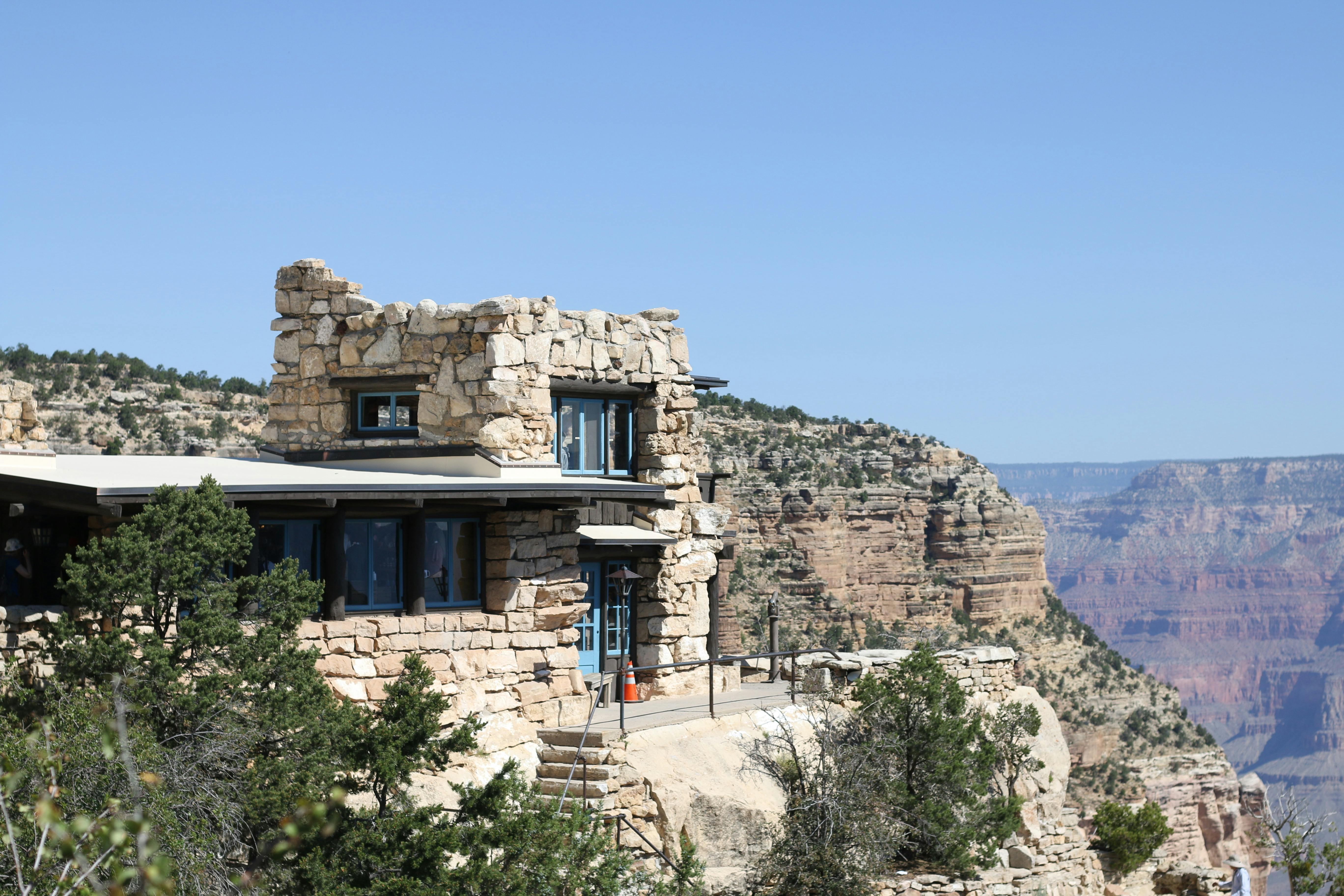
The United States is vast, encompassing an array of geographical features from sprawling plains to towering mountain ranges. To truly comprehend its scope, a basic understanding of the US map is indispensable. The country is divided into 50 states, each with its unique shape and location that contribute to the nation’s diverse identity. When observing the map, you’ll notice the continental United States is broadly split into four regions: the West, Midwest, South, and Northeast.
Key geographical landmarks, such as the Mississippi River and the Rocky Mountains, serve as natural dividing lines that help orient oneself when navigating the map. On the western edge, the Pacific Ocean frames states like California and Washington, while the eastern seaboard, defined by the Atlantic Ocean, includes states such as New York and Florida. The Gulf of Mexico creates a distinctive boundary for the southeastern states, and the great lakes region stands out near the northern border shared with Canada.
For those trying to pinpoint Tucson, it’s important to look towards the southwestern quadrant of the map. This is where the state of Arizona lies, with Tucson’s location being a significant urban area within this arid yet scenic part of the country. By familiarizing oneself with these cardinal points and regional divisions, finding Tucson, Arizona on the US map becomes a simpler task, unveiling the city’s strategic position in relation to other major landmarks and cities.
Tucson’s Position in the Arizona State Map
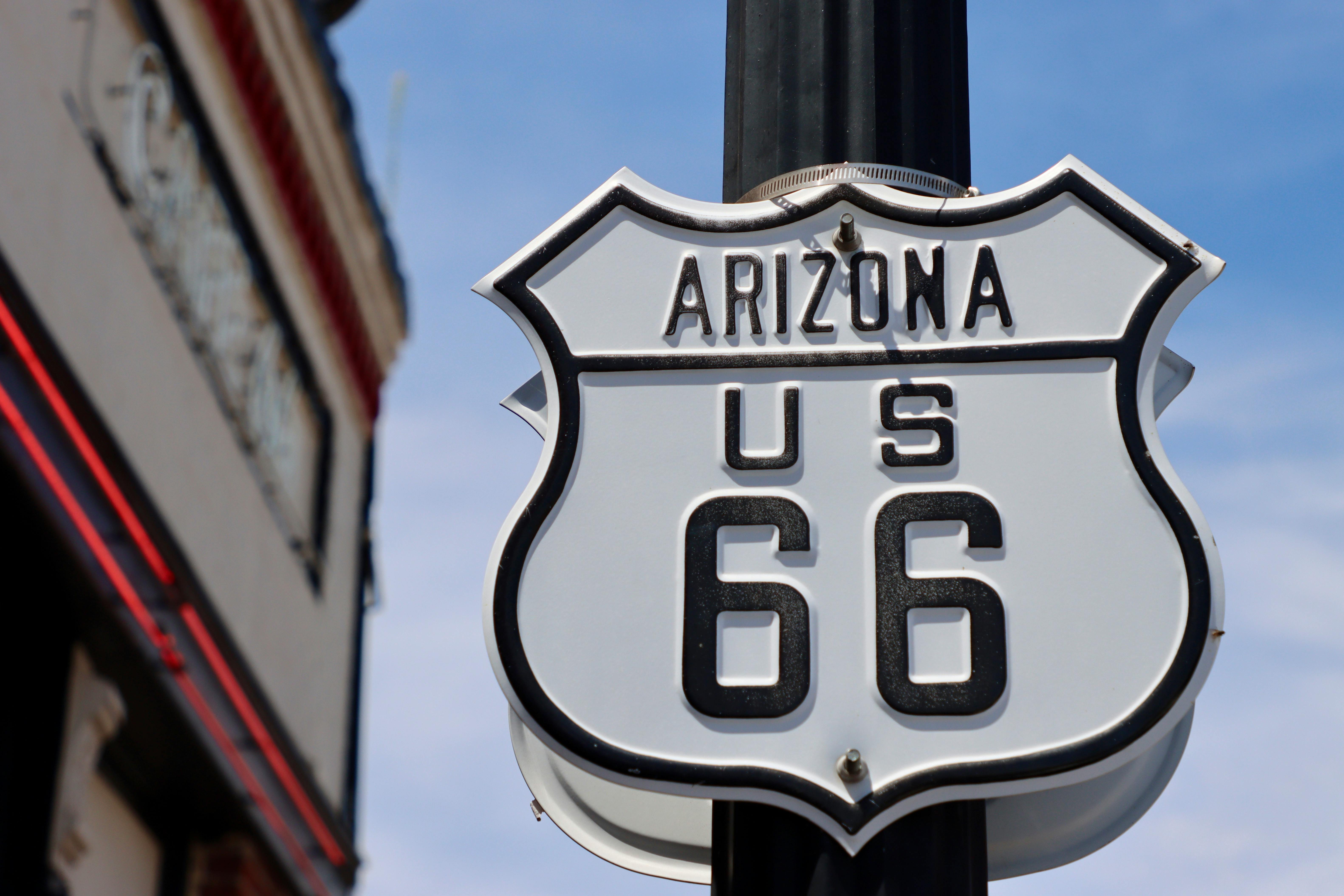
Zooming in from the broader US map to the specifics of Arizona reveals Tucson’s unique position within the state. Arizona’s map is characterized by its iconic desert landscape, canyons, and plateaus. Within this rugged terrain, Tucson emerges as a central hub of culture and commerce in the southern part of the state. It’s nestled in the Sonoran Desert, and is surrounded by five mountain ranges — a testament to the city’s dramatic and beautiful natural setting.
The state of Arizona is typically divided into several distinct regions, with Tucson located in the Pima County, which is part of the larger region known as Southern Arizona. This area is known for its mild winters and hot summers, drawing visitors and residents alike who are eager to experience its year-round sunshine.
Tucson is situated approximately 60 miles north of the US-Mexico border and about 115 miles southeast of the state capital, Phoenix. On the state map, Tucson is easily recognizable not only because of its proximity to the border but also due to its considerable size as the second-largest city in Arizona. The city serves as a critical transportation and economic hub, with major highways and railways converging upon it. This strategic positioning has historically made Tucson a crossroads for trade and cultural exchange, and it continues to play a vital role in the state’s economy and identity.
Navigating to Tucson: A Visual Journey on the Map
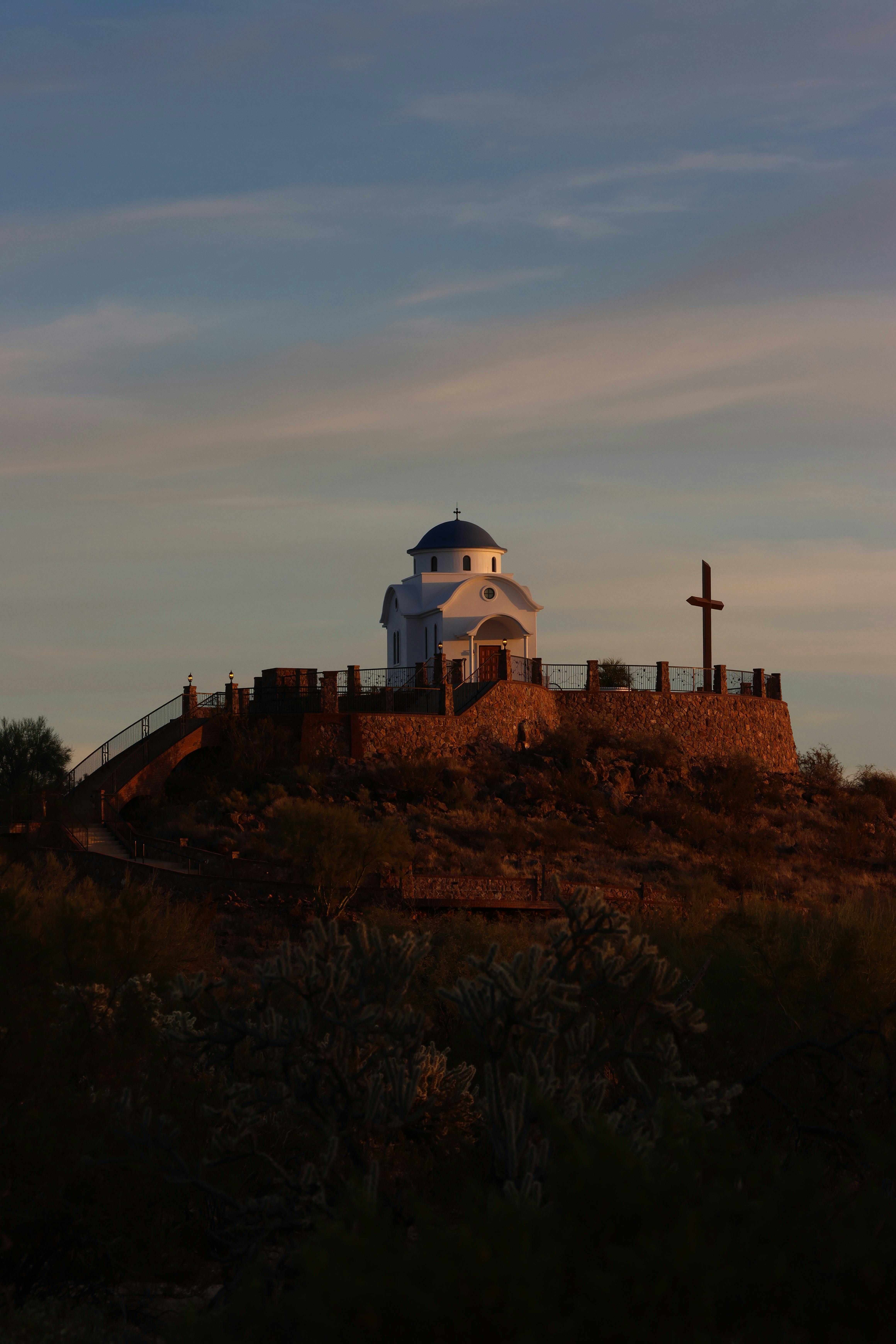
Finding your way to Tucson on a map is an engaging visual journey through the diverse landscapes of Arizona. Starting at the state level, one would typically look towards the southern region, past the sprawling metropolis of Phoenix. The visual cues on the map are the interconnecting freeways — Interstate 10 and Interstate 19 — which lead directly into the heart of Tucson. These major roadways are vital lifelines that connect Tucson to other significant Arizona cities and beyond.
As you trace the routes on the map, Tucson is easily distinguished by its network of roads that form a grid-like pattern, typical of many American cities. However, it’s the surrounding topography that captures the eye — the Santa Catalina Mountains to the northeast, the Rincon Mountains to the east, the Santa Rita Mountains to the south, the Tucson Mountains to the west, and the Tortolita Mountains to the northwest. These natural landmarks serve as a compass of sorts, guiding you to Tucson’s location.
On a more detailed map, Tucson’s urban area extends outward from the downtown core, with notable points of interest such as the University of Arizona, Saguaro National Park, and the Arizona-Sonora Desert Museum providing additional bearings. Whether navigating by paper map or digital navigation system, the visual journey to Tucson is marked by these distinctive features and arterial routes that lead to the city’s vibrant center.
The Significance of Tucson’s Location in the Southwest
The geographical setting of Tucson, Arizona is not merely a point on a map; it holds significant historical, cultural, and economic importance in the American Southwest. The city’s location has been a crossroads for indigenous cultures, Spanish explorers, and American settlers, creating a rich tapestry of heritage that is evident in Tucson’s architecture, cuisine, and festivals.
Tucson’s strategic position in the Sonoran Desert places it within a biodiversity hotspot. The environment is home to the iconic saguaro cactus and a myriad of unique wildlife species, which has fostered a strong conservationist community dedicated to preserving the natural beauty of the region. This commitment to the environment attracts nature enthusiasts and scientists from around the world, contributing to a vibrant ecotourism industry.
Economically, Tucson’s proximity to the border with Mexico situates it as a crucial hub for trade and commerce. The city benefits from the North American Free Trade Agreement (NAFTA) and its successor, the United States-Mexico-Canada Agreement (USMCA), which have enhanced its role as a trading post and logistic center in the Southwest. Additionally, Tucson’s location has spurred growth in industries such as aerospace, defense, and technology, with the University of Arizona serving as a catalyst for research and development.
Moreover, Tucson’s place in the Southwest is a gateway to exploring the greater region. It offers convenient access to other notable cities and attractions, including Phoenix, the Grand Canyon, and the Mexican states of Sonora and Baja California. This accessibility makes Tucson a starting point for regional adventures and a significant connector within the intricate web of Southwestern culture and commerce.
Exploring Tucson’s Surroundings and Nearby Landmarks
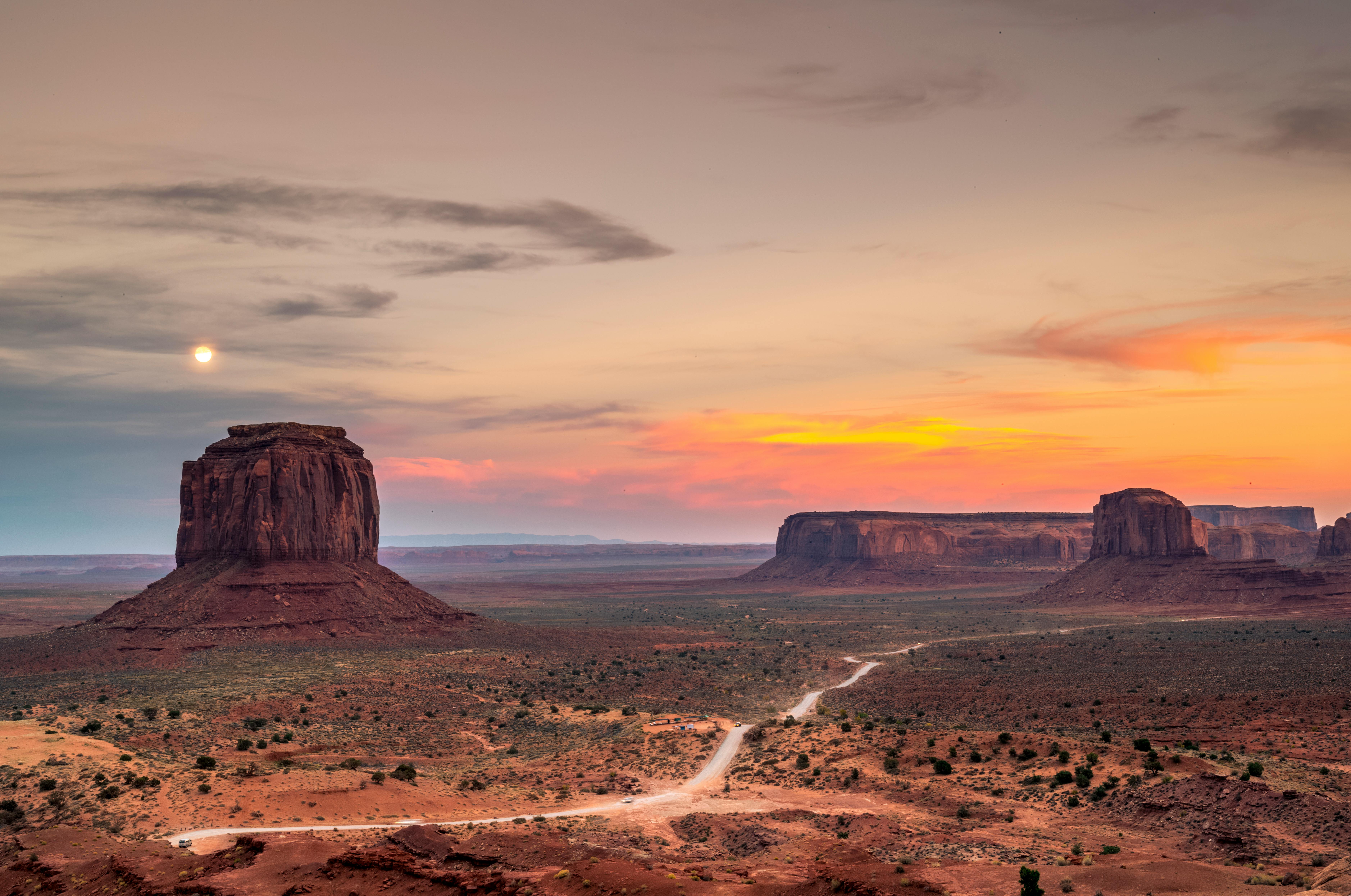
Visit our website to learn more and get started today! Click here.
For those drawn to the allure of the Old West and natural wonders, exploring Tucson’s surroundings is an adventure in itself. The city is enveloped by stunning landscapes and historical sites that beckon visitors to delve deeper into the region’s beauty and legacy. Just a short drive from the city center, one can find a myriad of attractions that capture the essence of the Southwest.
To the north, the Catalina State Park presents opportunities for hiking, bird-watching, and camping against the backdrop of the majestic Santa Catalina Mountains. The park’s diverse trails lead adventurers through a variety of terrains, from saguaro-filled valleys to riparian canyons.
East of Tucson, the Saguaro National Park honors the region’s iconic cacti. Here, the landscape is dotted with the towering silhouettes of saguaros, creating a surreal and photogenic tableau. Visitors can explore the park via scenic drives, nature walks, or for the more adventurous, backcountry hiking.
To the south, the San Xavier del Bac Mission stands as a testament to the region’s Spanish colonial history. This white adobe church, often called the “White Dove of the Desert,” is an architectural marvel with its intricate art and baroque interior that attracts architecture buffs and history enthusiasts alike.
These are just a few highlights of what lies beyond Tucson’s city limits. Whether you’re seeking a connection with nature, a deep dive into history, or simply a scenic escape, the surrounding landmarks of Tucson offer endless possibilities. Each site tells a story, each path leads to a new discovery. Embrace the spirit of the Southwest by venturing out into the land that surrounds this vibrant city.

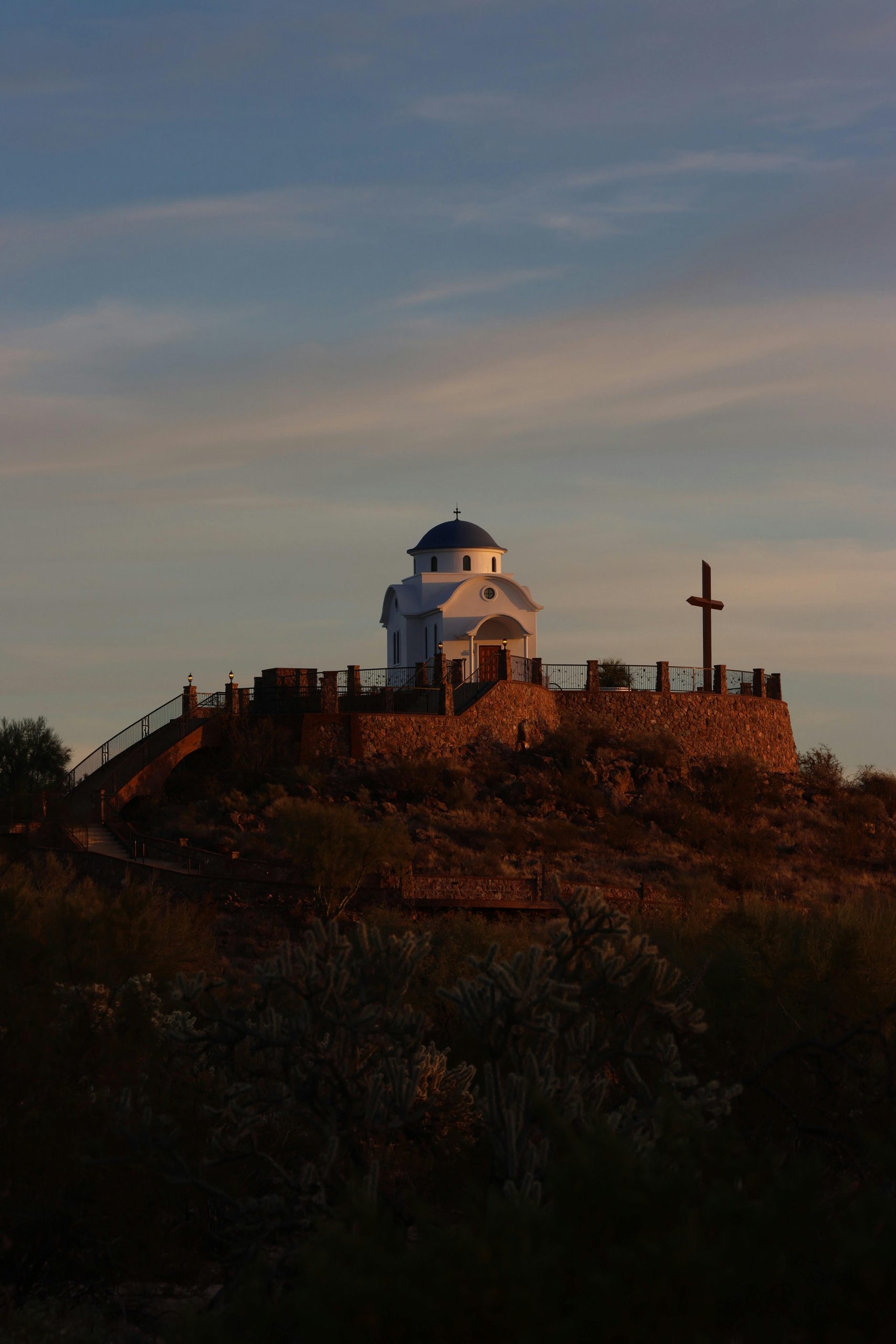
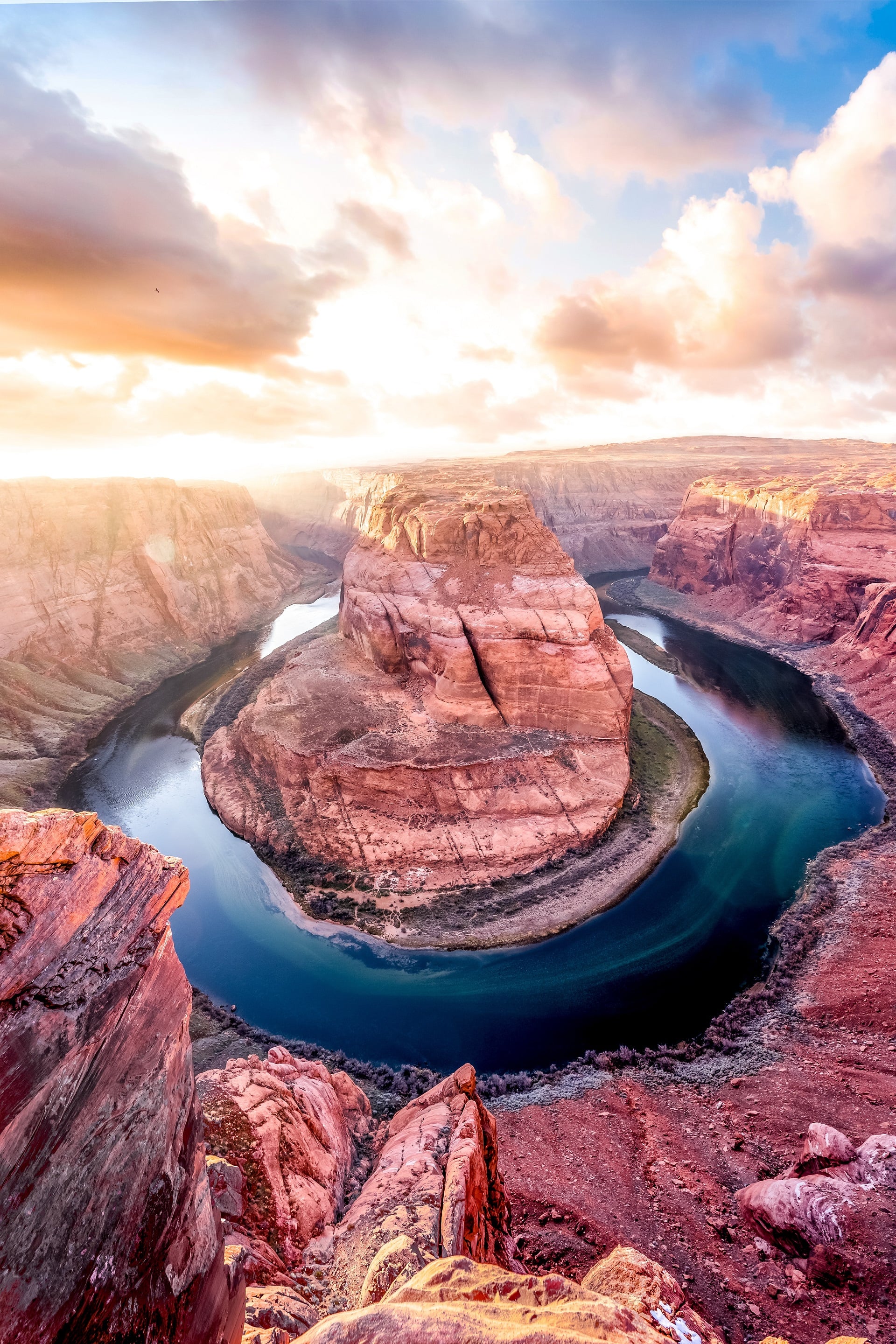
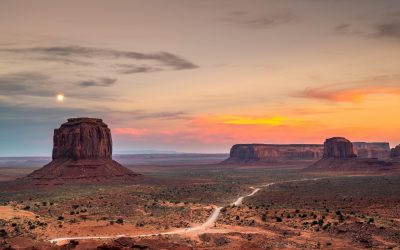

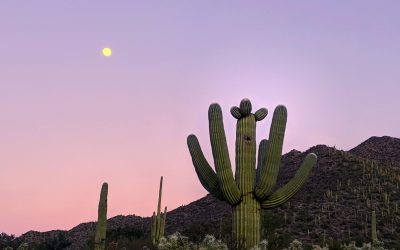
0 Comments